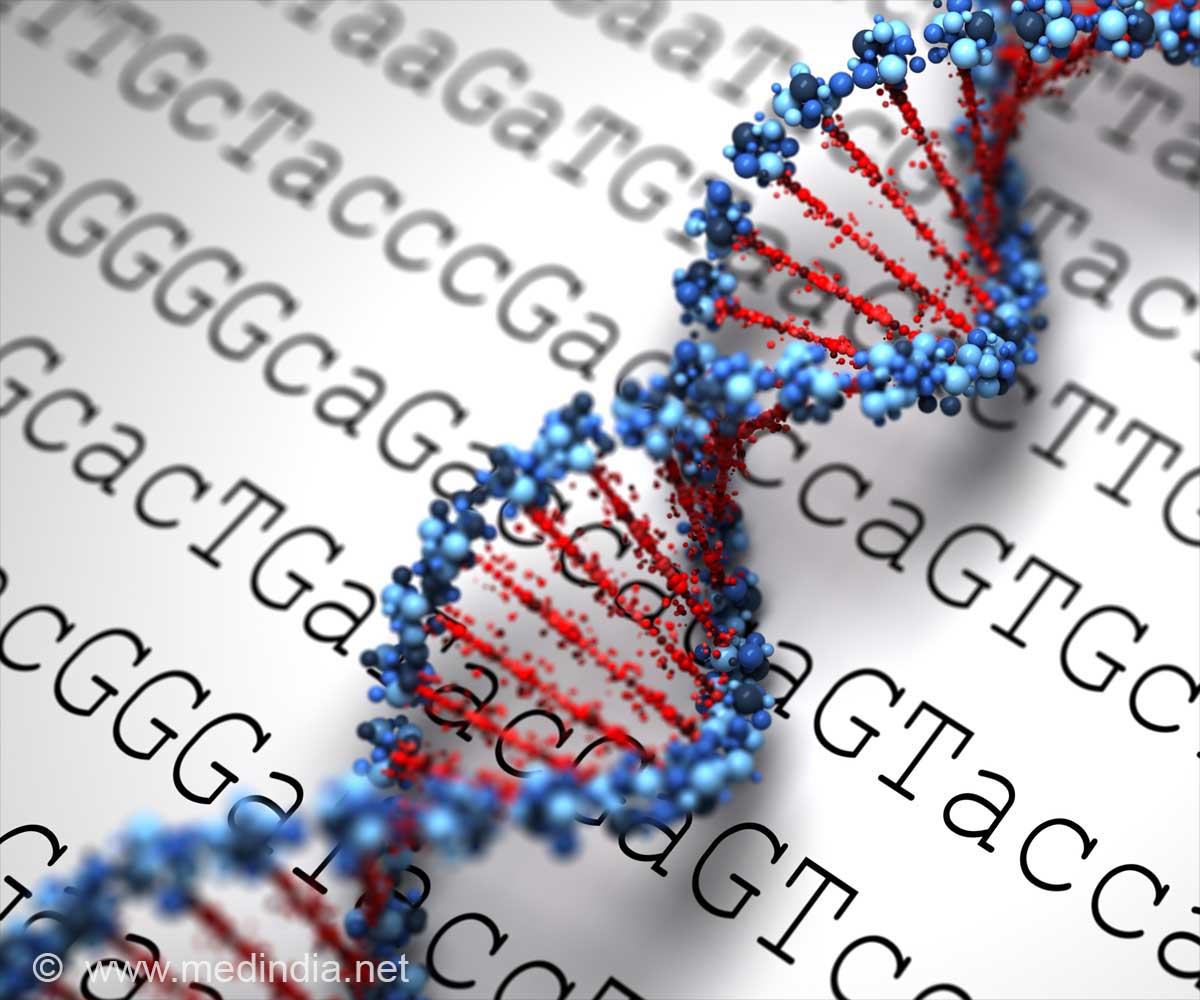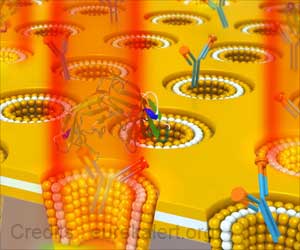Can cancer be detected without a biopsy? Heriot-Watt researchers are developing a new DNA test that could reduce the need for painful biopsies.

- Heriot-Watt researchers are developing a method to detect cancerous DNA without the need for biopsies
- The new technique will allow earlier cancer detection and personalized treatment plans
- This project aims to make cancer diagnosis less invasive, more cost-effective, and more reliable
Innovative project to identify cancerous DNA awarded a £750,000 research grant
Go to source).
Only a tiny fraction of circulating DNA in your blood comes from tumors. Heriot-Watt scientists are working to detect this DNA and revolutionize cancer screening! #cancerresearch #innovation #medindia’
Current Problem with Biopsies
For many cancer patients, biopsies are an unavoidable step in diagnosis and treatment. Biopsies involve surgically removing tissue from a tumor for analysis, a process that can be both painful and expensive. Although necessary for choosing the right treatment options, biopsies come with risks and discomfort. Additionally, they only provide a snapshot of the tumor, as they examine just a small piece of tissue, potentially missing key mutations present elsewhere in the cancer.Circulating Tumor DNA for Cancer Detection (ctDNA)
Circulating free DNA (cfDNA) is present in everyone's bloodstream, but in cancer patients, a small fraction of this comes from tumor cells. This circulating tumor DNA (ctDNA) contains mutations that differentiate it from healthy DNA and can provide valuable insights into a patient’s cancer. In theory, ctDNA could be used to detect cancer early, monitor the progression of the disease, and guide treatment decisions. However, the problem lies in the fact that ctDNA is present in much smaller amounts than healthy DNA, making it difficult to identify and analyze accurately.MicroSNARE Project: A Game-Changer for Cancer Diagnosis
To address this challenge, the team at Heriot-Watt University has developed a new technique, known as MicroSNARE, which could make it easier to detect and characterize ctDNA. This innovative method processes blood samples more effectively, allowing scientists to isolate cancerous DNA from the surrounding healthy DNA.One of the most exciting aspects of the project is the development of robotic benchtop and microfluidic platforms, similar to rapid diagnostic tests like lateral flow assays. These tools will improve the sensitivity of ctDNA detection and lower the costs associated with DNA sequencing. The research team is currently working with breast cancer patients' blood samples to refine the technique and demonstrate its efficacy.
The project benefits from collaboration with Dr. Olga Oikonomidou, an expert in breast cancer from the University of Edinburgh. She provides the necessary patient blood samples and helps ensure that the findings are clinically relevant. Dr. Oikonomidou highlights that current methods for monitoring breast cancer using liquid biopsies have faced significant technological and biological challenges. However, she is optimistic that the new MicroSNARE technique will overcome these hurdles and provide a more reliable way to track cancer recurrence and progression.
Benefits of the New DNA-Based Method for Cancer Detection
The potential impact of this new technique is enormous. By detecting cancer earlier, patients could receive treatment when it is most effective, improving their chances of survival. Additionally, this non-invasive approach could replace traditional biopsies, reducing the pain, risk, and cost associated with surgical procedures. Faster detection of ctDNA would also provide a more complete picture of a tumor's genetic landscape, offering more accurate guidance for personalized treatment.Future of Cancer Detection
The MicroSNARE project is still in its early stages, but it represents an exciting step forward in the field of cancer diagnostics. As research continues, the team hopes to refine their technique and make it widely available for clinical use. If successful, this technology could change the way cancer is detected and treated, ultimately saving lives and improving the quality of care for patients.Heriot-Watt University's research team is pioneering a less invasive and more efficient method for detecting cancerous DNA in the blood. By reducing the need for traditional biopsies, this innovative technique has the potential to revolutionize cancer diagnosis and treatment. With continued support from industry experts and collaborators, the MicroSNARE project is paving the way for a brighter future in cancer care.
Reference:
- Innovative project to identify cancerous DNA awarded a £750,000 research grant - (https://www.eurekalert.org/news-releases/1056917)
Source-Medindia















